
الف: موقعیت محدود
بلوچستان صرف نظر از تقسیمات و حدود سیاسی فعلی آن بین ۲۵ تا ۳۲ درجه عرض شمالی و ۵۸ و ۷۰ درجه طول شرقی واقع است و …از شمال به قسمتی از خاک کرمان (نرماشیر) و سیستان و قندهار، از مشرق به پاکستان (رود سند) از جنوب به دریای عمان و از مغرب به کرمان (رودبار و بشاگرد) محدود است و مجموع مساحت آن بالغ بر ۴۷۱۰۰۰ کیلومتر مربع است.” مخبر«بلوچستان» مجله یادگار، سال سوم، شماره چهارم، آذر ۱۳۳۵، ص۲۳″.
ب: کوههای بلوچستان
رشته کوههای جنوب و مرکزی و شرقی ایران در بلوچستان به هم نزدیک شده و یک منطقه کوهستانی که شامل ر شته کوههای موازی است را تشکیل می دهند، ولی این ارتفاعات و برجستگی ها، در همه جا به هم پیوسته نیستند، بلکه حفره ها و حوضه های پست داخلی، این ازتفاعات و کوهها را از همدیگر جدا می کند.”محمد حسن گنجی: ۳۲ مقاله جغرافیایی، تهران، مؤسسه جغرافیایی سحاب ۱۳۵۳، ص۱۵۷″.
رشته ارتفاعات کرمان، که همان امتداد کوه بارز می باشد به طرف ایرانشهر و کوهک و مرکز مکران ادامه یافته و به اسم کوه بم پشت، مرکز مکران را شیار داده و به طرف پنجگور امتداد می یابند و رشته ارتفاعات مکران که باز همان امتداد را طی کرده و پس از طی کلیه مناطق جنوبی به طرف تربت (کیچ) و سند ادامه می یابد. رشته دیگری از نهبندان شروع شده و در جهت شمالی و جنوبی ادامه یافته و پس از گذراندن سیستان در جناح راست خود به سمت خاوری زاهدان متوجه شده و سپس دهلیز سراوان را ایجاد کرده و به اسم کوه سیاهان و کوهک با ر شته های قبلی موازی میگردد.”رزم آرا: جغرافیای نظامی ایران،تهران، انتشارات هنر، بی تا، ص۲۵″. از مهمترین قللی که به هم پیوستن جبال مختلف در این ناحیه تشکیل شده اند، می توان از قله بزمان و قله تفتان نام برد. بزمان ۳۴۹۷ متر و تفتان ۴۰۴۲ متر ارتفاع دارد و این قله تنها آتشفشان نیمه فعال ایران است که از دهانه آن گاز و مواد مذاب گوگردی خارج می شود.”۳۲ مقاله جغرافیایی، ص۱۵۲″. وجود این کوه در این ناحیه بی آب و علف نعمت عظیمی است زیراکه اغلب دره های آن دارای آب نسبتاً فراوان بوده و به همین جهت اراضی مجاور آن قابل زراعت است. از شمال این کوه رود لادز سرچشمه می گیرد و به رود میرجاوه می پیوندد و موجبات تشکیل منطقه ای کشاورزی را فراهم کرده است.”کیهان مسعود: جغرافیای مفصل ایران، تهران، چاپخانه مجلس، ۱۳۱۰، جلد اول ص۵۶″. در بلوچستان غربی چند سلسه جبال دیگر از شمال و جنوب کشیده شده است که مهمترین آنها مورپیچ، بیرک و پیرسوران (پیرشوران یا سیاه بند) دشت کویر را از بلوچستان جدا می کند، همچنین از شمال به سوی شمال غربی، کویر لوت را از این منطقه جدا می سازد.”همان، ص۵۷″.
رشته کوه معروف بم پشت که امتدادش از شرق به غرب است با ارتفاع ۱۷۰۰ متر و کوه سیاهان که از جنوب غربی به طرف شمال شرقی امتداد یافته و بلندترین قله آن ۲۰۰۰ متر ارتفاع دارد بخش دیگری از کوههای بلوچستان را تشکیل می دهند.”مخبر: مجله یادگار، ص۳۵″.
سایر کوههای مهم وقابل ذکر این بخش از بلوچستان عبارتند: از کوه پنج انگشت که در مجاورت خاش و در منطقه مرزی واقع است، کوه فنوج که در غرب کوه لاشار قرار گرفته ، کوه اسپیدان که بین ایرانشهر و زابلی قرار دارد و قله آن به هٍَمُنت معروف است و ۲۳۱۴ متر ارتفاع دارد.”ایرج افشار سیستانی: بلوچستان و تمدن دیرینه آن، تهران، سازمان چاپ و انتشارات وزارت فرهنگ و ارشاد اسلامی، ۱۳۷۱، ۳۲″.
در ناحیه شمال شرقی بلوچستان یعنی مجاور(کویته) سلسه جبالی که از سمت مغرب و جنوب می آید در شمال معبر (بولان) به یکدیگر تلاقی نموده و قلل مرتفع مانند چهل تن با ارتفاع ۳۳۰۵ متر و مردار و تکتو و زرغون را تشکیل می دهد که ارتفاع آنها عموماً از سه هزار متر بیشتر است، در حالی که دشت کویته تا ارتفاع ۱۷۰۰ و کلات۲۰۶۶ متر است و زبانه ای از مرتفعات این کوهها در جنوب کویته تا ساحل ادامه می یابد و قسمت سفلای دره سند را از مکران جدا می سازد.”اسپونر (بلوچستان). دانشنامه جهان اسلام جلد چهارم ص۱۰۱″.
در طرف مغرب نوشکی، ارضی پست و در انتهای آن هامون لوره واقع شده و ازتفاعات عمده این ناحیه که در سمت شمال و در مجاورت سرحد و افغانستان و بلوچستان دیده میشود عبارتند از: کوه چاغئی با ازتفاع ۲۳۲۶متر و رأس کوه ۳۰۱۶ متر که مشرف بر دشت خاران است و کوه سلطانی با ۲۳۲۵متر ارتفاع.”مجله یادگار، ص۲۷″. از آخرین سلسه های شمال بلوچستان، کچه کوه (۲۱۲۱) و کوه ملک سیاه(۱۶۴۲) متر هستند که کوه اخیر مرز مشترک ایران و افغانستان و پاکستان را تشکیل می دهد.”همان”.
در پایان بایداز ارتفاعات سواحل طولانی بلوچستان نام برد، این کوهها، از شن و ماسه تشکیل شده است و مملو از موجودات و حیوانات و گیاهان فسیل شده ای است که به طور دقیق تاریخ قدمت آنها تاکنون معلوم نشده است.”همان”.
سرتوماس هلدیچ در کتاب نقاط مرزی هندوستان در مورد این ارتفاعات نوشته است:((پشته های و توده های خاک رس مطبق و مضرسی که در سواحل بلوچستان زیاد است و بعضی نقاط آن که همچون ستون فقرات نهنگ شکل گرفته است و همچنین نمک های لزجی که در جای جای این منطقه دیده میشود نشان دهنده آن است که دوران های گذشته این سرزمین را آب پوشانده بوده است.)) “یغمایی، اقبال: بلوچستان و سیستان، تهران، انتشارات وزارت فرهنگ و هنر، ۱۳۵۵، ص۹″.
مشخصات اقلیمی و آب و هوای بلوچستان
الف: آب و هوا
بلوچستان به علت این که از جنوبی ترین مناطق ایران یعنی نزدیک ترین قسمت های آن به خط استوا است، منطقه ای گرم به شمار می رود و در تابستان، تمام منطقه بلوچستان در معرض اشعۀ نزدیک به عمودی آفتاب قرار می گیرد، درنتیجه در تمام نقاط به استثنای قسمت های کوهستانی و مرتفع، گرمای نسبتاً شدیدی حکمفرماست.”۳۲مقاله جغرافیایی، ص۱۵۲″.
هرچند که اکثر منابع در مورد بدی آب و هوای بلوچستان اغراق کرده اند و آن را فوق العاده گرم و مرطوب و ناسالم دانسته اند اما امروزه دیگر ثابت شده است که پایین ترین دمای میانگین سالانه بنادر خلیج فارس و دریای عمان در بلوچستان به ثبت رسیده است.
نواحی شمال شرقی از جمله ژوب، لورالایی، پیشین و کویته در دره های رودخانه ای قرار گرفته اند و مناطقی با آب و هوای معتدل به شمار می روند و دارای زمستان های سرد می باشند و کوههای این ناحیه سه ماه از سال پوشیده از برف است.
ب: ریزش های جوی
بلوچستان در منطقه خشک قرار گرفته است، ولی میزان ریزشهای جویان آن با توجه به ارتفاعات و موقعیت جغرافیایی متفاوت است به نحوی که، میانگین باران سالانه آن از ۵۰ تا ۴۰۰ میلی متر متفاوت است. در حالی که در بخش هایی از جمله میرجاوه ۵۰ میلی متر در سال باران می بارد، میزان بارندگی در ارتفاعات و کوههای بلند شرق و شمال شرقی گاه تا ۴۰۰میلی متر می رسد و حتی در بعضی از بلندی های شرقی بیش از آن است. باران (و برف در کوههای بلند) بیشتر در زمستان می بارد.”دانشنامه جهان اسلام، ص۴/۹۸″.
بادهای موسمی در بلوچستان سبب رطوبت تابستانی و گاهی باران فراوان در سواحل ارضی و کم ارتفاع می شود و باران تابستانی گاهی سیل آساست و در کوهستان ها خسارات فراوان به بار می آورد. باران شدید دشتهای ساحلی را به باتلاقی از گل رس تبدیل می کند که عبور از آن گاه به مدت یک هفته برای انسان و حیوان و سایل موتوری غیر ممکن می شود.”همان، ص۴/۹۸″.
ج: رودهای بلوچستان
کمی مقدار باران سالیانه موجب شده است که در بلوچستان رودهای دایمی و پرآب وجود نداشته باشد و به همین جهت رودهای دایمی از تعداد انگشتان دست تجاوز نمی کند.”ایرج افشار، پیشین، ص۴۲″. و اینگونه رودها نیز خود دو نوع می باشند، بعضی از آنها در سطح زمین جاری و برخی جریانشان زیرزمینی است و بیشتر از زمینها ریگزار عبور می نمایند. برای شناخت رودهایی که در بلوچستان جریان دارد از غرب به شرق به معرفی آنها پرداخته شده است.
۱- رودخانه سدیچ (سادیچ): این رودخانه از کوههای کوتیچ سرچشمه میگیرد و پس از مشروب ساختن چند آبادی و نخلستان به دریا می ریزد.”همان، ص۴۲″
۲- رودخانه رابج یا رپیچ: سرچشمه این رودخانه کوههای سرحه و فنوج است و بعد از عبور از تنگه فنوج به سمت بنت جریان می یابد و به اسم بنت فانوچ وارد دریا می شود. و درهنگام بارندگی و جریان آب در این رودخانه گل و لای زیادی نواحی ساحلی را در بر می گیرد، این رودخانه یکی از رودخانه هایی است که داری اهمیت نظامی است.”جغرافیای نظامی مکران، ص۳۰″.
۳- رود بم پور: این رودخانه از دامنه های دور دست و جنوبی تفتان سرچشمه گرفته و تا ایرانشهر در جهت شمالی جریان دارد، از آن پس وارد جلگه بم پور شده و به طرف جنوب جریان می یابد. این رود چندین مرتبه در زیر رسوبات ماسه ای و نرم جلگه بم پور پنهان شده و دوباره ظاهر میشود و بعد از مشروب نمودن این جلگه به دریاچه فصلی جازموریان می ریزد.”۳۲مقاله جفرافیایی، ص۱۵۳″.
۴- رودخانه نیک شهر: از ارتفاعات شمالی نیک شهر سر چشمه می گیرد و پس از دریافت شاخۀ فرعی به دریای عمان می ریزد.
۵- رود باهو کلات (سرباز): این رودخانه پرآب ترین رودی است که در بلوچستان غربی جریان دارد. سرچشمه این رود از جنوب کوه بیرک و کوههای بم پور است و با شعبات بسیار خود بیشتر آبهای جاریی کوهستانی این بخش از بلوچستان را از جذب میکند و پس از مشروب ساختن نواحی سرباز، باهوکلات، پشین و دشت یاری به خلیج گواتر در دریای عمان می ریزد.
طول این رودخانه ۳۱۳ کیلومتر است و نام های محلی آن از سرچشمه تا سرباز، ریگان، از سرباز تا راسک موسوم به سرباز از این نکته تا باهوکلات به نام مزن گور از باهوکلات تا مصب باهه نامیده میشود.” همان، ص۳۹″.
۶- رود ماشکید (ماشکیل): این رودخانه از ارتفاعات جنوب شرقی خاش سرچشمه می گیرد و بعد از مشروب نمودن بخش زابلی، در نواحی دهوک ـ اسپندک (اسفندک) و کوهک جریان می یابد و پس از عبور از خاران به سوی غرب تغییر مسیر می دهد و سپس به هامون ماشکید می ریزد.
۷- این رودخانه دشت: این رود از به هم پیوستن دو رودخانه کیج و نهنگ شکل می گیرد. رود کیچ از ارتفاعات جنوبی مکران مرکزی سر چشمه می گیرد و به طول ۱۵۰ کیلومتر به طرف غرب از میان دو رشته کوه جریان دارد و سپس به نهنگ می پیوندد و از آنجا به سوی جنوب تغییر مسیر می دهد برکرانه های این رود رشته به هم پیوسته ای از واحه ها، مزارع و نخلستان ها قرار دارد.”Britanica Atlas.p.120″۔
رود نهنگ از ارتفاعات جنوبی ناحیه بم پشت سرچشمه می گیرد و بخشی از آن مرز مشترک ایران و پاکستان را تشکیل می دهد.
۸- رود هِنگُل: این رود یکی از بزرگترین و طولانی ترین رودهایی است که در بلوچستان جریان دارد و ار پیوستن شاخه های دو رودخانه ماشکی و نال تشکیل می شود. رود نال از ارتفاعات جنوب کلات سرچشمه می گیرد و سرچشمه رود ماشکی نواحی جنوبی خاران است. این دو رود بخش هایی از نواحی خضدار (قصدار) و آواران را مشروب نموده و از جایی که به هم می پیوندند هنگل نامیده شده و به طرف دریای عمان جریان می یابد.”Ibid”۔
۹- پورالی (پورالی نایی): سرچشمه این رود کوههای ناحیه خضدار است و پس از آبیاری دشت لس بلا، در ساحل لیاری در نزدیکی کراچی به دریا می ریزد. ” p-129- Ibid”
10- رود هب: جنوب گنداوه (جهل مکسی) سرچشمه این رودخانه می باشد و بعد از جریان یافتن در بخش های جنوبی خضدار (قصدار) و شرق لس بیلا در شمال کراچی به دریا می ریزد.




















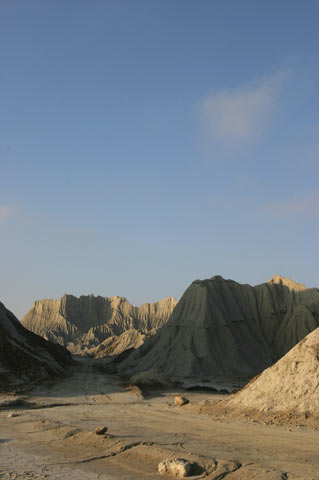
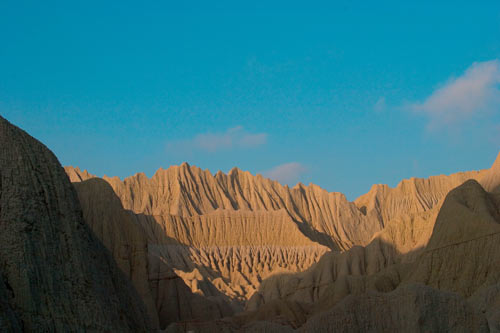
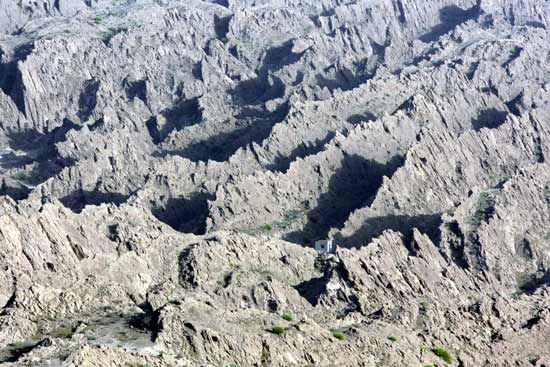
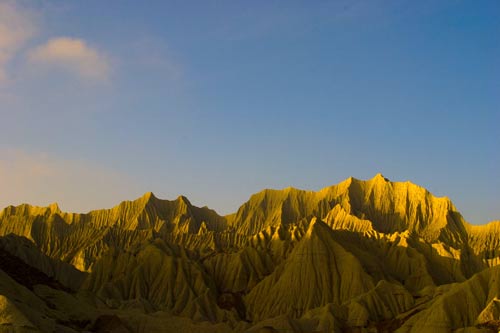
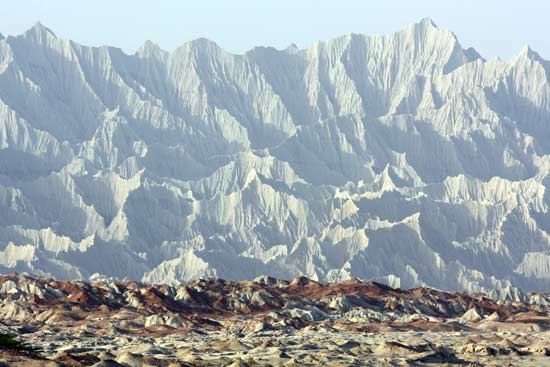
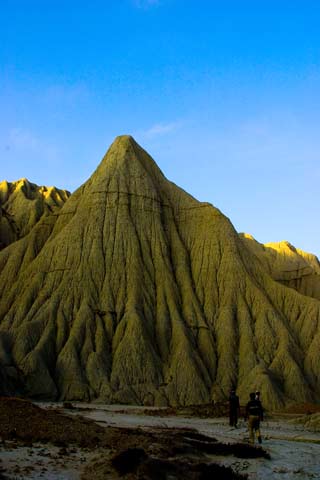
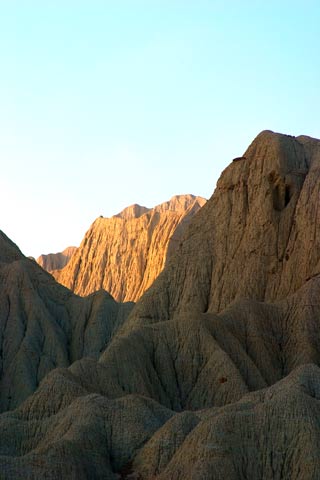
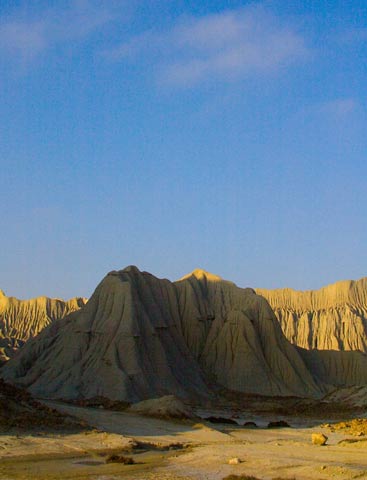
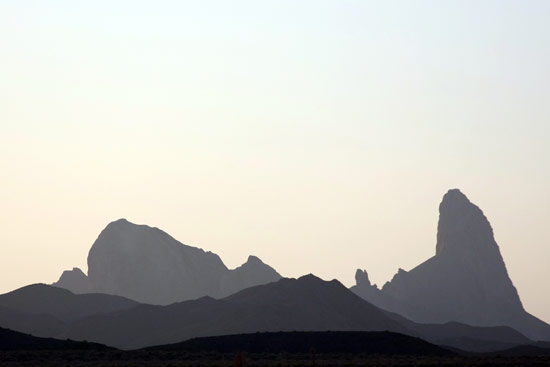
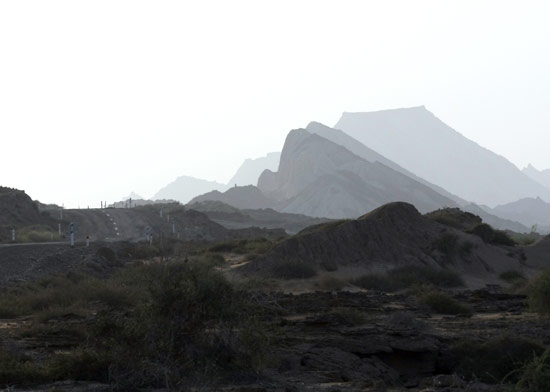
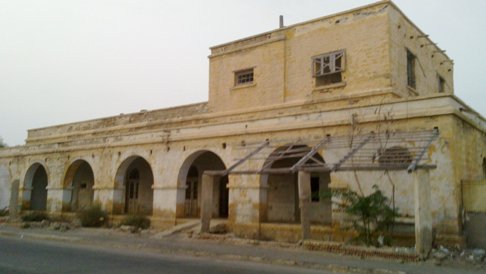








































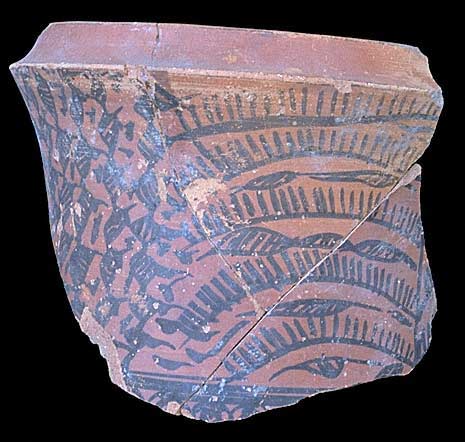


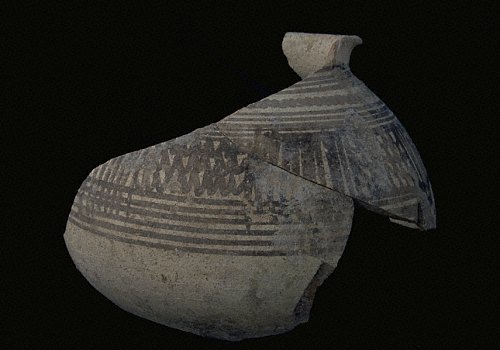

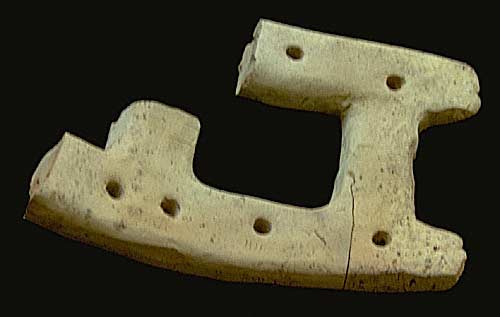
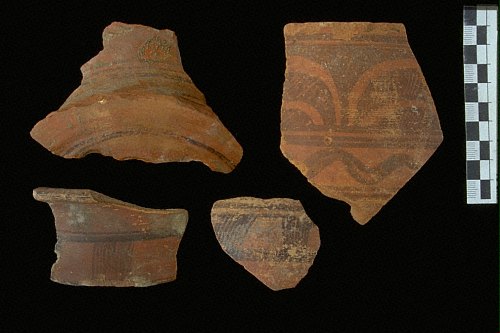 خريطة بلوشستان كتب عليها باللغة الانكليزية " دولة البلوش "
خريطة بلوشستان كتب عليها باللغة الانكليزية " دولة البلوش "



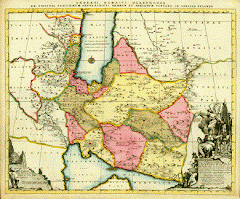
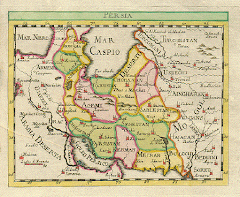


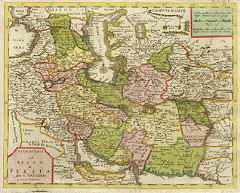





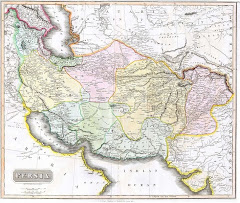








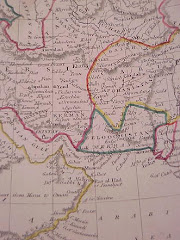










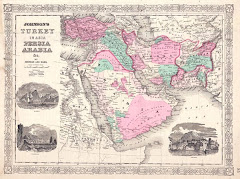




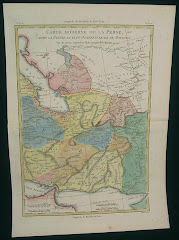







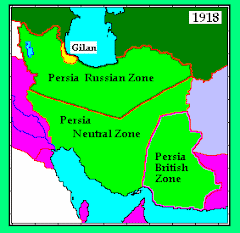

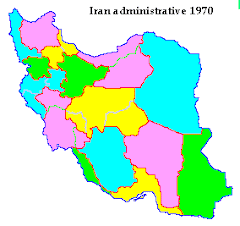
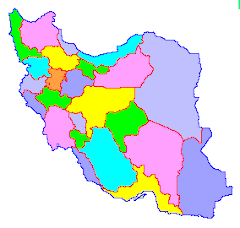











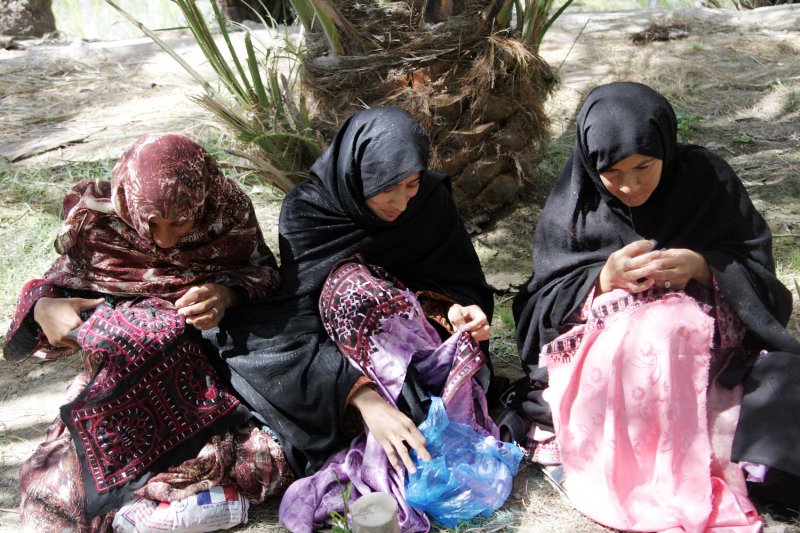









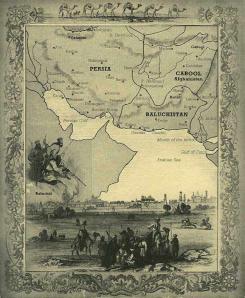




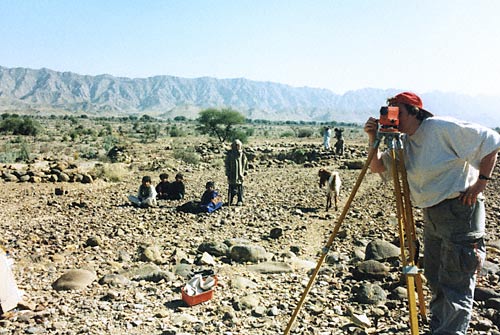




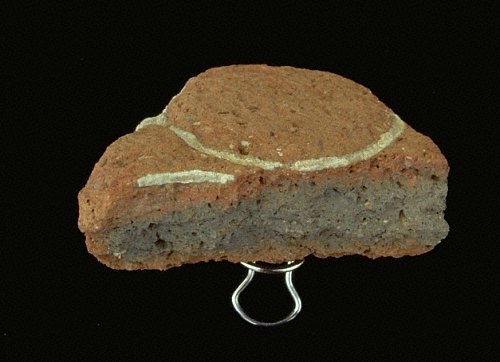

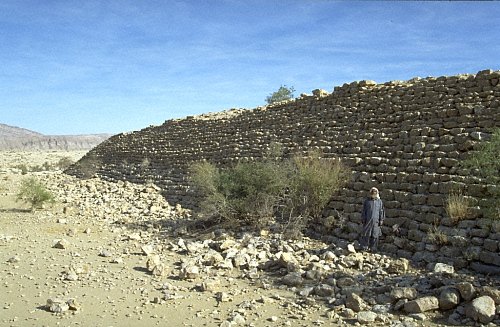

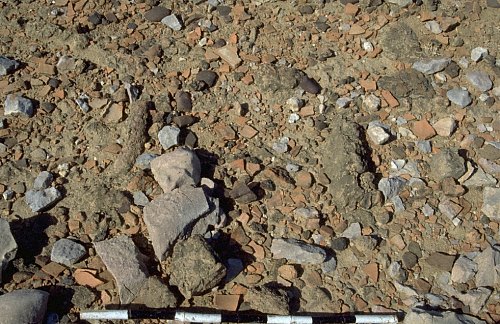
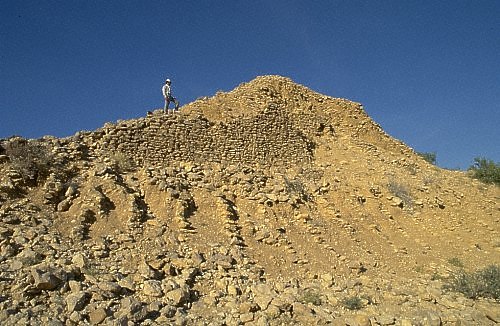

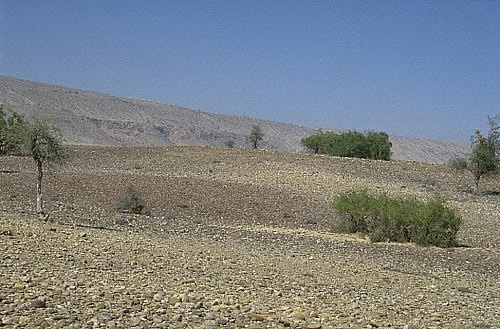


































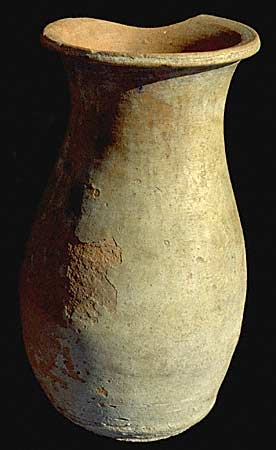
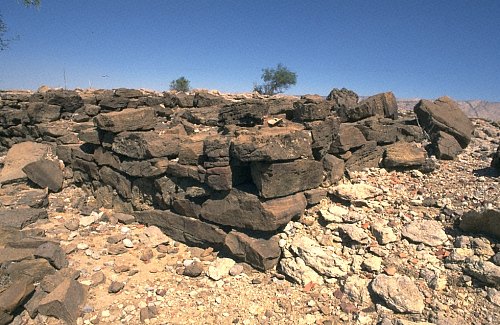



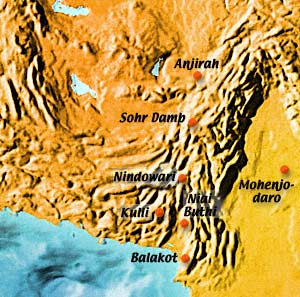 The prehistoric period was certainly the most prosperous period in this cycle: during in the earlier 2nd millennium BC, the settlements were abandoned and no human traces left, whereas after a short intermezzo during the Historic Period, the sites clearly reflect that away from the cultural, economic, and political centers, migratory pastoralism and a nomadic life-style was the only mode of subsistence and land use.
The prehistoric period was certainly the most prosperous period in this cycle: during in the earlier 2nd millennium BC, the settlements were abandoned and no human traces left, whereas after a short intermezzo during the Historic Period, the sites clearly reflect that away from the cultural, economic, and political centers, migratory pastoralism and a nomadic life-style was the only mode of subsistence and land use.




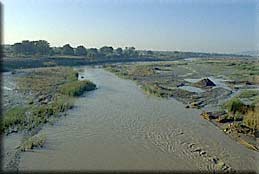









 During the surveys carried out in 1998 and 1999, 106 sites were discovered. Chronologically and culturally, they belong to the same horizon as the sites in the Kanrach Valley and the Las Bela plain. No real mounds were found, but, in general, the settlements tend to be larger than in the other areas (87,88), and in Sind Kohistan. This is in particular true for the Kulli sites which cluster in large numbers between Dureji and Barag, and at points where tributaries such as the Loi, Bahlol, and Saruna Rivers enter the Hab Valley.
During the surveys carried out in 1998 and 1999, 106 sites were discovered. Chronologically and culturally, they belong to the same horizon as the sites in the Kanrach Valley and the Las Bela plain. No real mounds were found, but, in general, the settlements tend to be larger than in the other areas (87,88), and in Sind Kohistan. This is in particular true for the Kulli sites which cluster in large numbers between Dureji and Barag, and at points where tributaries such as the Loi, Bahlol, and Saruna Rivers enter the Hab Valley.










































AD2F~1.jpg)
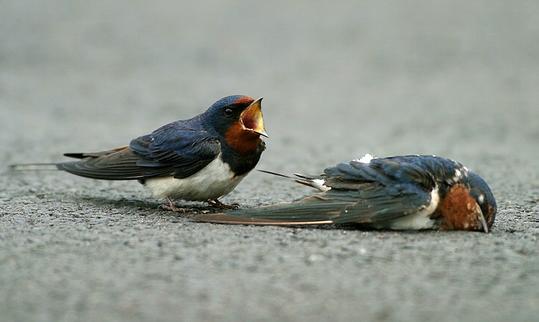


























 March 2009April 2009
March 2009April 2009 May 2009June 2009
May 2009June 2009 July 2009August 2009
July 2009August 2009 September 2009October 2009
September 2009October 2009 November 2009December 2009
November 2009December 2009 January 2010February 2010
January 2010February 2010 March 2010April 2010
March 2010April 2010 May 2010June 2010
May 2010June 2010 July 2010August 2010
July 2010August 2010 September 2010October 2010
September 2010October 2010 November 2010December 2010
November 2010December 2010 January 2011February 2011
January 2011February 2011 March 2011April 2011
March 2011April 2011 May 2011June 2011
May 2011June 2011 July 2011
July 2011 















